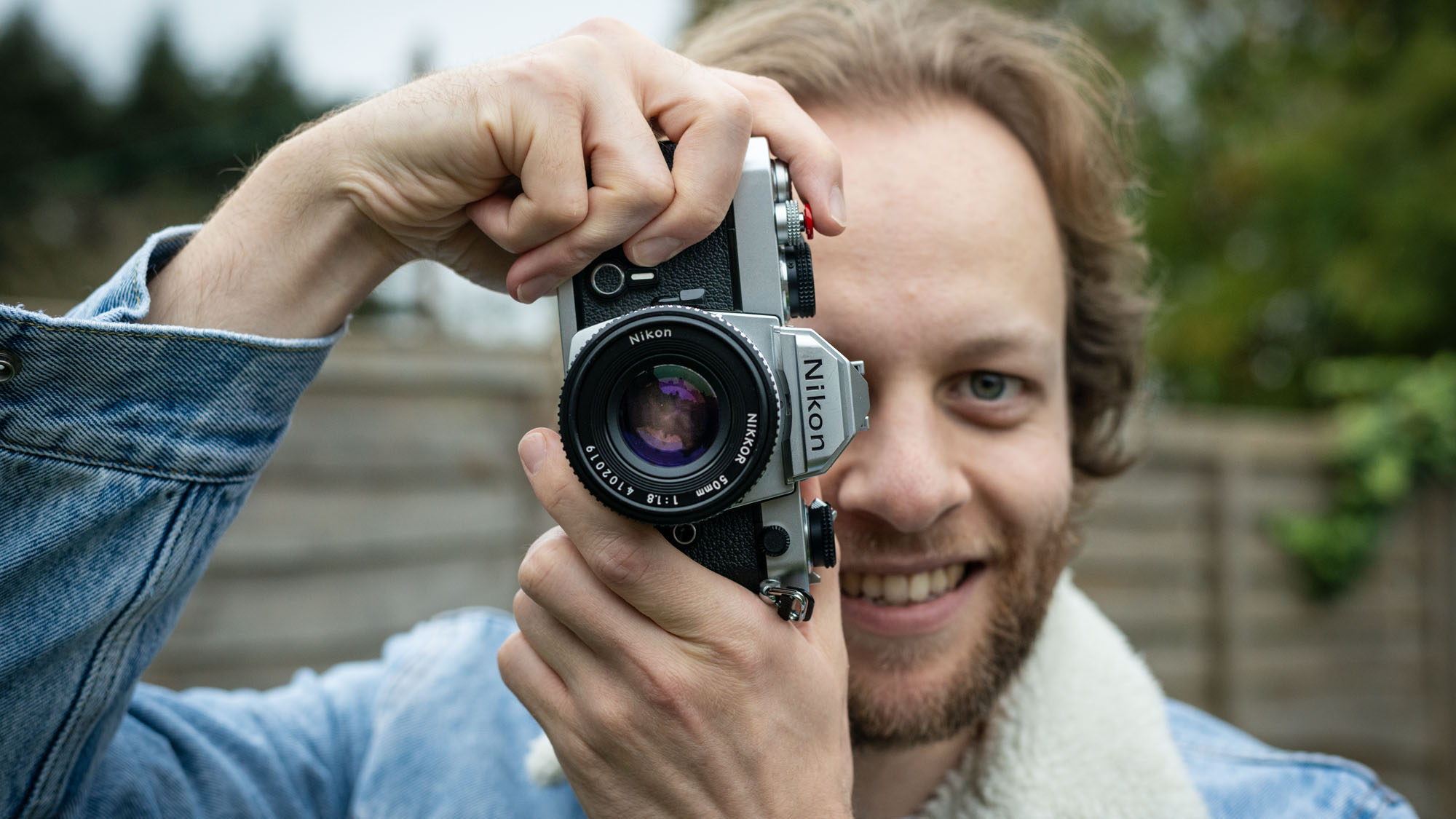
Film photography is having one heck of a resurgence and it's not hard to understand why. The best film cameras, with their classic angular design and robust metal bodies, have a kind of pizzazz that's extremely hard to replicate.
The Nikon Zf and Leica MP stand out to me as the most faithful retro recreations on the market right now – as well as the now-discontinued Fujifilm X-Pro3 – but even then, there's something truly unique about a genuine imaging relic from the past.
At a time when the camera market has become something of an arms race, with manufacturers vying to add more megapixels, better AF algorithms and mega-quality video, content creators are afforded more possibilities than ever before. But these advancements have sullied the romanticism of photography. While we can get closer to the creative vision in our mind's eye, there's a greater disconnect with the camera.
And that's precisely the appeal of film cameras. Their slow, tactile nature is a breath of fresh air in an instant, digital world. Few of us are ditching the best mirrorless cameras any time soon, but getting into film photography is a great way to impose creative limitations and reconnect with the medium in its rawest form.
But buying a film camera for your needs can be a bit of a minefield, especially if you're new to the medium. After all, these are old bits of kit we're talking about. And while you can find some stellar deals online, you often won't know for sure if everything's working until you load up a roll of film and start shooting.
I used film cameras at college and developed my film in a darkroom, but that was over a decade ago, so I considered myself a film photography novice when I decided to pick up my first retro SLR. After much research and pondering, I eventually settled on a Nikon FM. Here's why…
The Nikon FM – it's just a camera
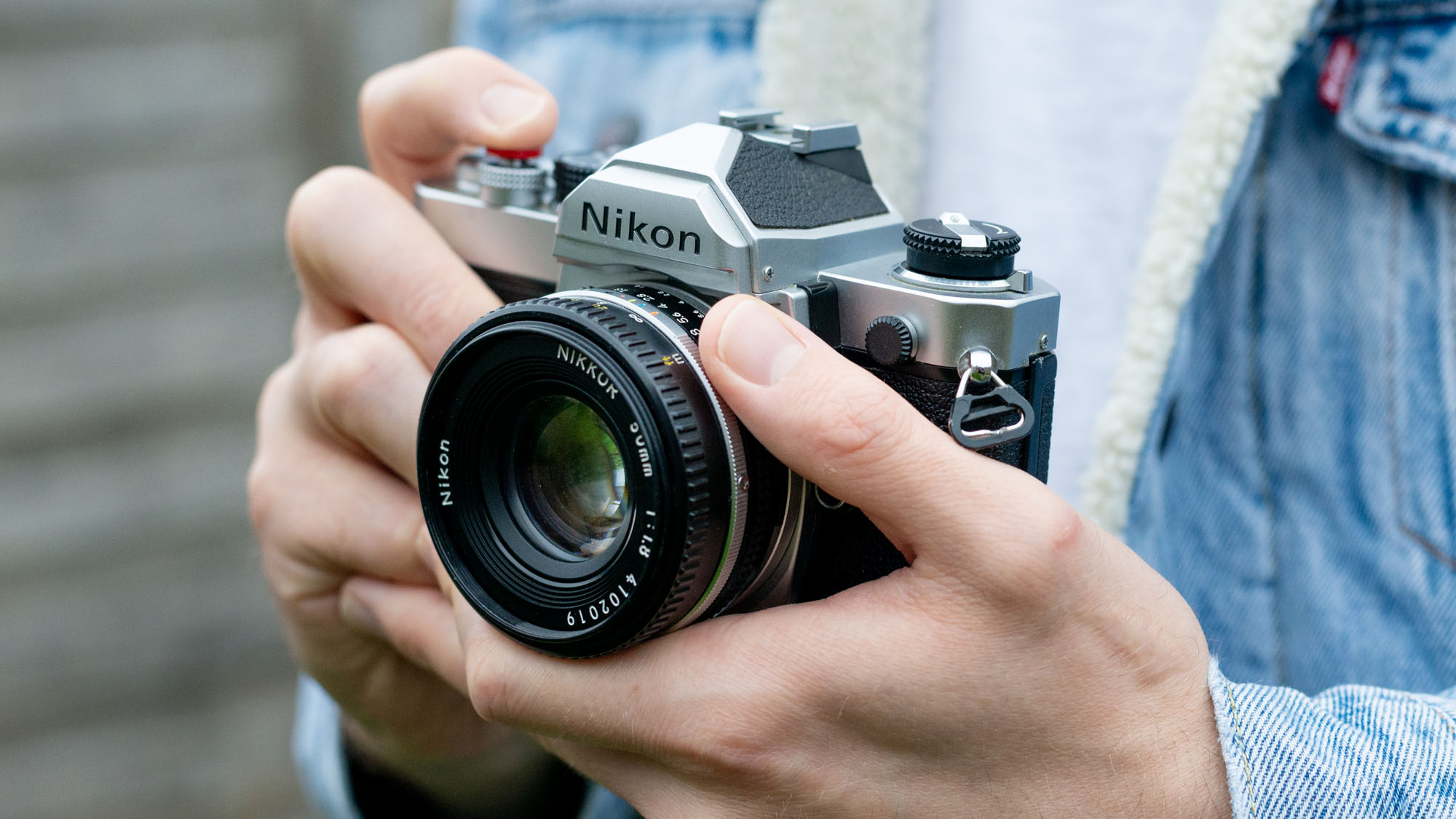
For starters, I used to be Deputy Editor of N-Photo: The Nikon Magazine, so to say I’m a bit of a Nikon fan is an understatement. If you’re into other manufacturers, you’ll find similarly great cameras that won't break the bank in the Pentax K1000 and Canon AE-1. And if you’d be happier picking up a brand new film camera that you can definitely rely on, then the Kodak Ektar H35 is a decent choice, too.
My first criteria was a film camera that looked like a film camera. I’m talking about the sort of metal-housed, leatherette-covered device that would pair perfectly with my denim jacket, factory-worn jeans and look oh-so-sweet settled on a coffee house tabletop while I’m sipping an Americano. It repulses me that all that was a consideration, too, but I’m being honest here… This meant I was looking for a camera from the Sixties, Seventies or Eighties.
My next consideration was budget. Film cameras fluctuate in price a lot, depending on condition and what happens to be popular. You can get some really good deals in thrift stores, garage sales and online auctions, but buying this way will always carry an inherent risk. If you’re willing to pay a little more, I’d suggest buying from a camera store, because the camera should have been checked – any issues listed – and you’ll likely get some kind of warranty.
I initially had my heart set on a Nikon FM2 / FM2n (available from 1982-84). This is arguably the most popular mechanical Nikon SLR in existence, so good-condition examples can get rather expensive. In fact, it’s the camera that inspired the Nikon Zfc and Zf’s retro design.
Nikon’s FM series ran more or less parallel with its FE series. The former being mechanical with manual exposure and the latter being electronic, with the addition of automatic exposure settings. So, I moved my search further into the past and came across the Nikon FM (1977-82) and Nikon FE (1978-83).
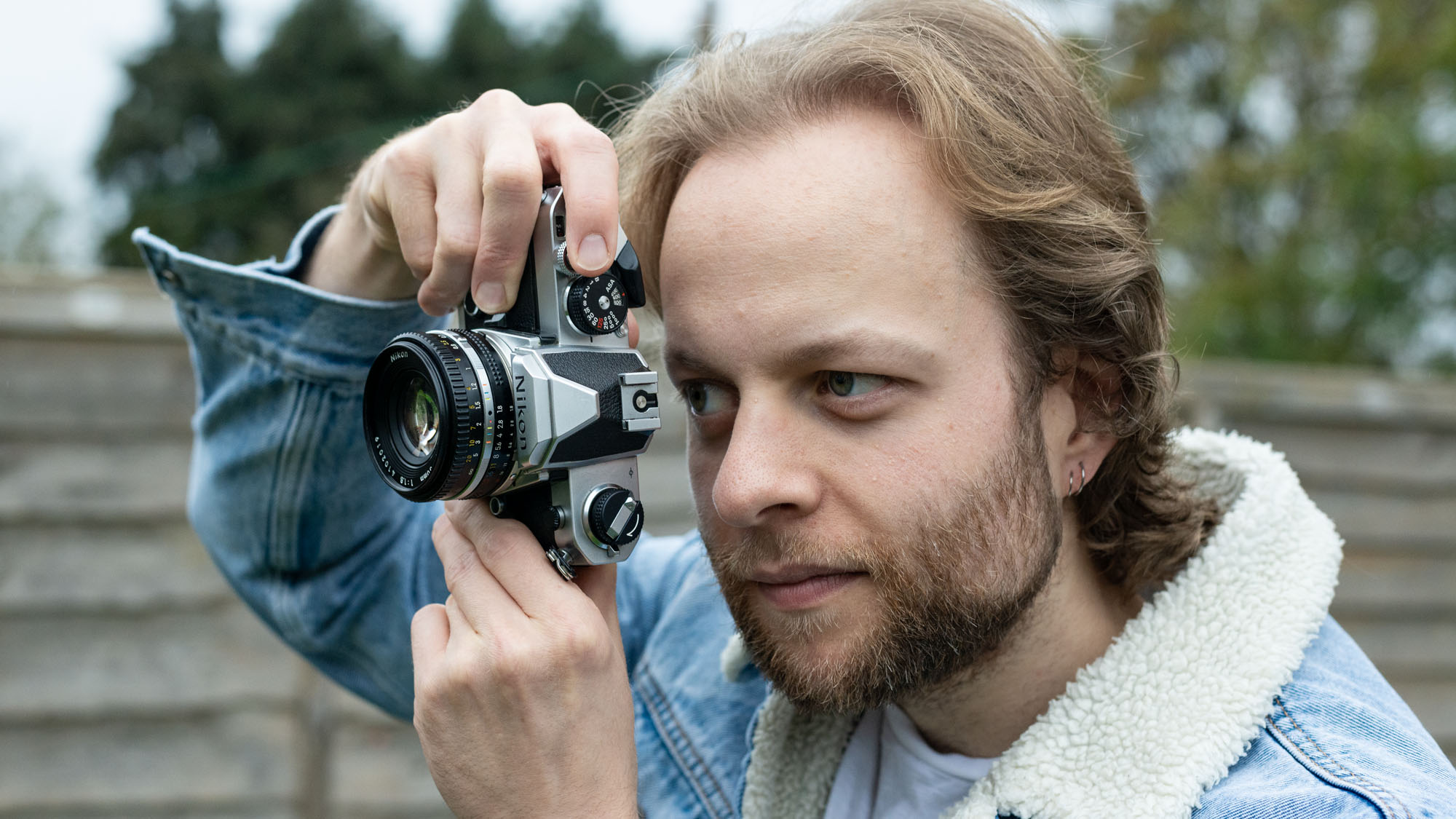
These cameras boast very similar specs to the FM2 (with the addition of aperture priority in the case of the FE), only losing out with a slower flash sync of 1/125 sec instead of 1/250 sec and a slower maximum shutter speed of 1/1000 sec, instead of the FM2’s admittedly useful 1/4000 sec. On the flip side, the FM2 cannot accommodate non-AI lenses (Automatic Maximum Aperture Indexing, which I'll explain later).
The Nikon FM and FE can both be found for a decent price. Incidentally the FE’s successor, the FE2, was heavily featured in Alex Garland’s recent film, Civil War (a fantastic, if harrowing, watch for photographers). And honestly, the FE line is the better option if you want aperture priority.
But what really attracted me to the Nikon FM was its simplicity. It’s mechanical. It’s fully manual. And it’s gloriously minimalist. It has a self-timer, depth-of-field-preview button, shutter-button lock and the ability to shoot multiple exposures. That’s it, as far as bells and whistles go. It’s an SLR in its purest form. And it’s built like a tank, too, which means you can be fairly confident that any reasonable-condition FM you come across will be in working order.
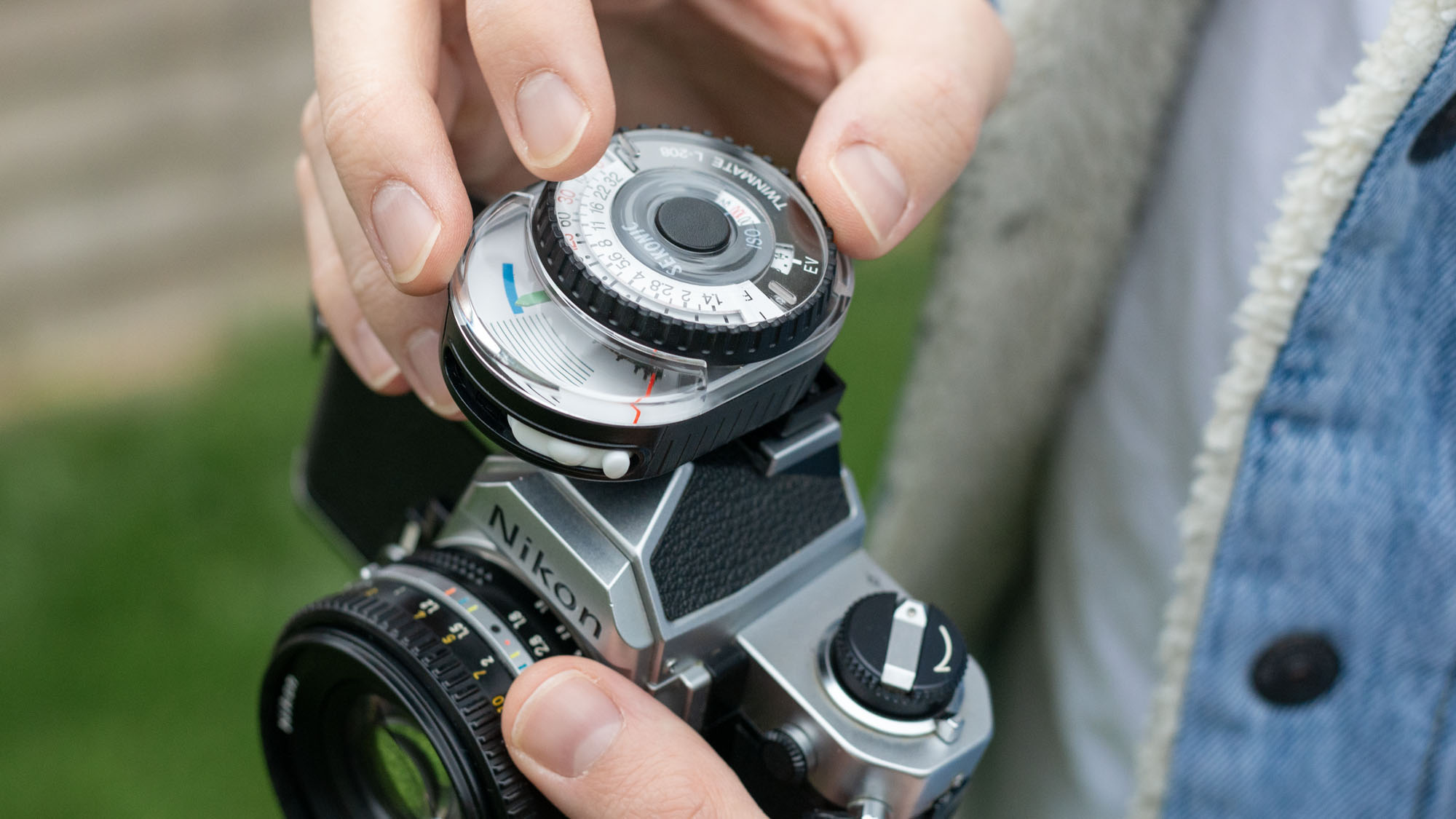
Now, a big consideration when selecting any camera is lenses. And although Nikon’s F-mount changed very little throughout its 60-plus-year history, there are a couple of things to look out for.
Not all Nikon F-mount lenses are compatible (or fully compatible) with all Nikon cameras. A neat feature of the Nikon FM is its ability to mount old, non-AI lenses with their exposure coupling mechanism (something lacking on the FM2), with the caveat that you’ll have to use stop-down metering.
This is possible thanks to the small metal tab – just below the Nikon logo – that can be flipped up to accommodate non-AI lenses. This is crucial, you wouldn’t want to damage your FM by trying to force a non-AI lens to couple. As for newer Nikon lenses, you must make sure they have an aperture ring, because there’s no aperture control on the camera itself.
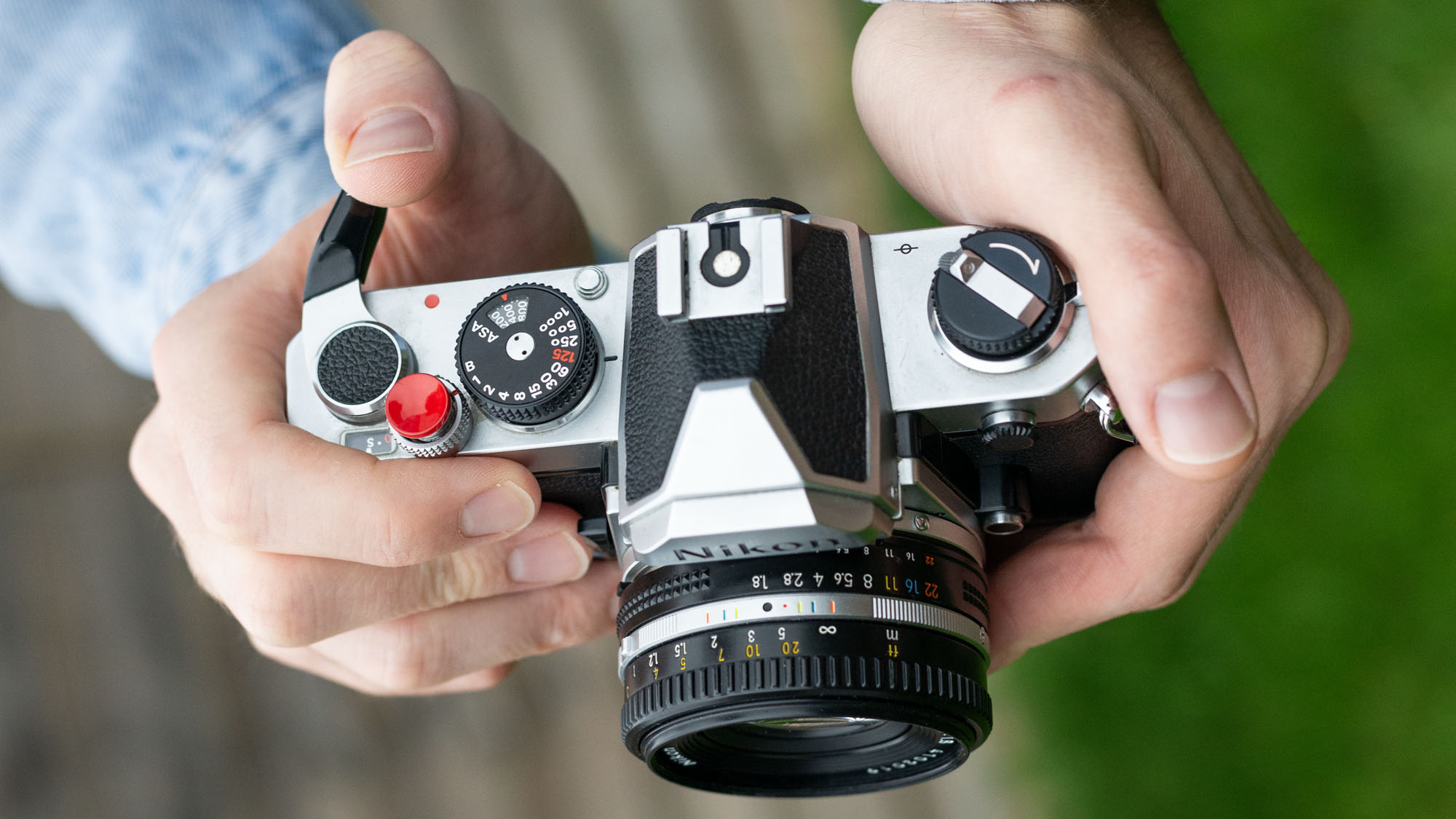
I eventually found my Nikon FM at UK camera shop, Grays of Westminster. What makes Grays particularly special is that it only deals in Nikon cameras. I paid £157 (roughly $200 / AU$300) for the body (including shipping) and the camera itself was in beautiful condition, with only a deteriorating rubber ring around the viewfinder as any real notable wear.
I then found a Nikon 50mm f/1.8 AI-S lens at London Camera Exchange for £85 (about $110 / AU$165) including shipping), and the condition was so good, I’d be surprised if it was ever used. All in all, I paid £242 ($310 / AU$475). Not bad, for the condition of the items and peace of mind that everything would be as described and in perfect working order.
Simply put, the Nikon FM is a classic-looking Nikon SLR that might not be as desirable as the FM2, but it can be picked up for much less and will likely outlast us all.
Oh, and the final reason why the Nikon FM rules? Well, Gal Gadot has one of course. She posted on Instagram years ago proudly holding one. If the Nikon FM is good enough for Wonder Woman, it’s good enough for me!
Film photography fan? Check out the best film for 35mm cameras and the best light meter for photography.







